The yurty life
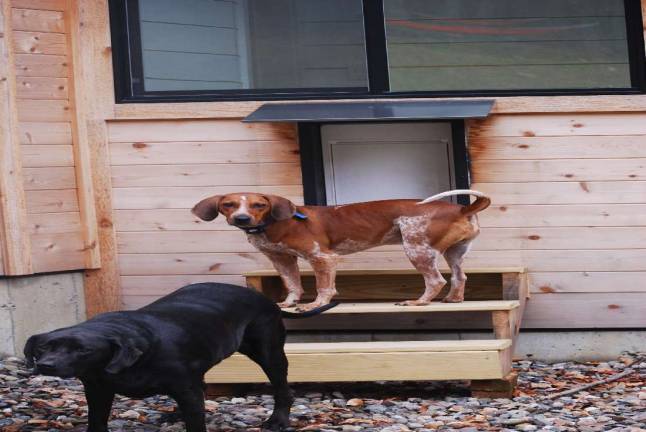
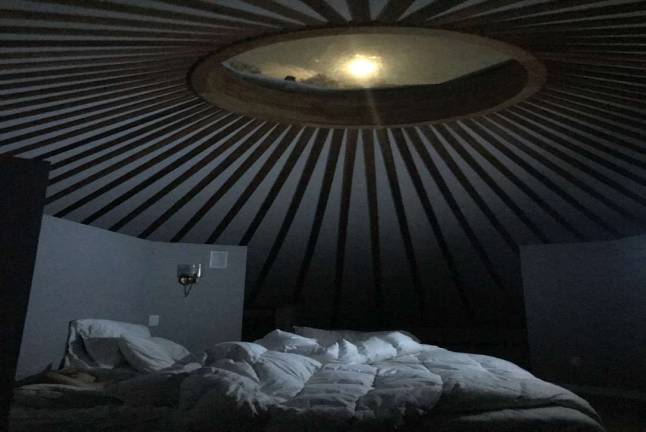
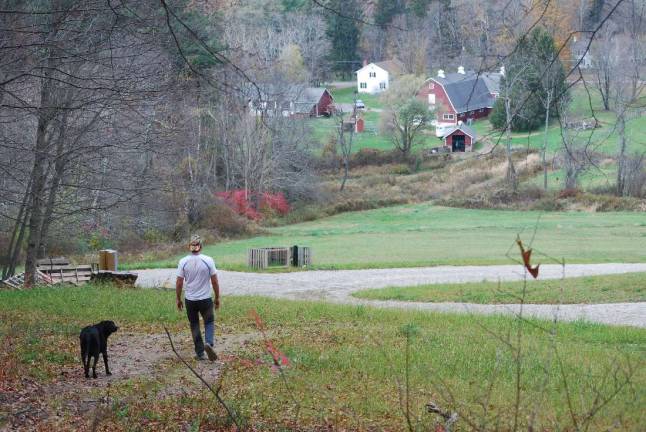
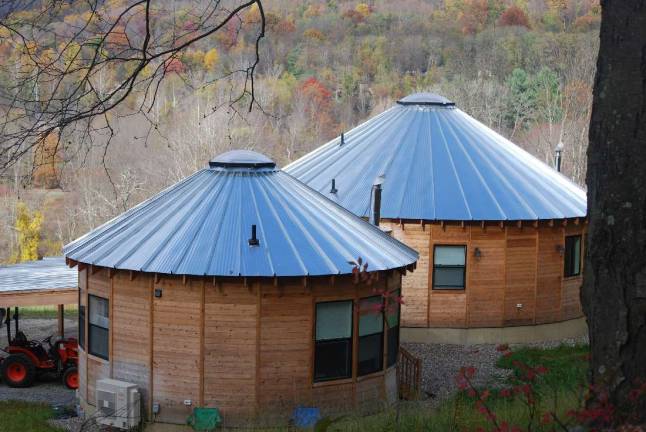
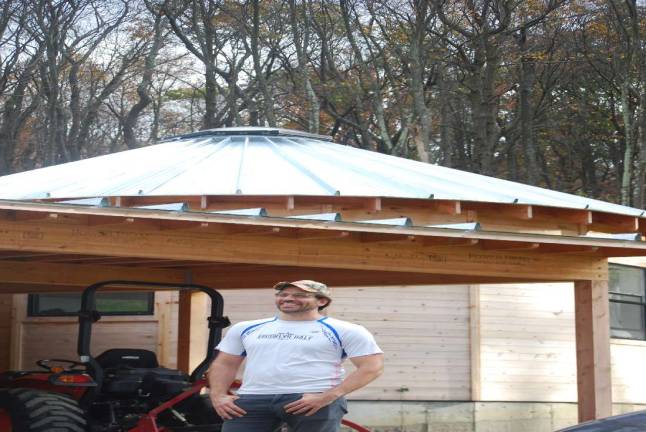
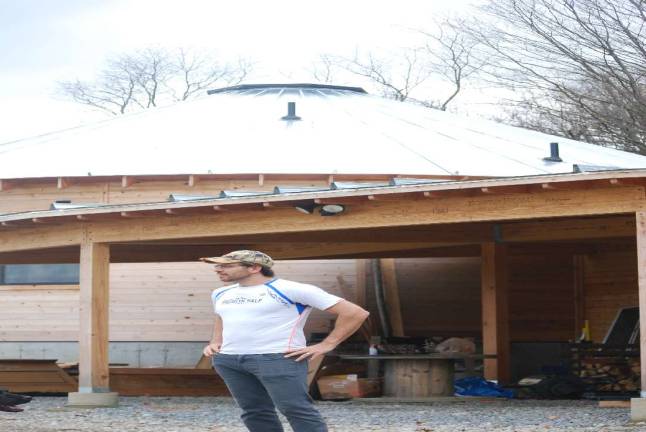
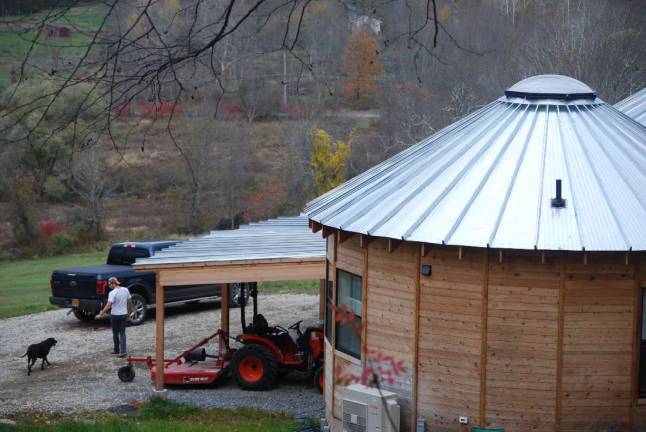
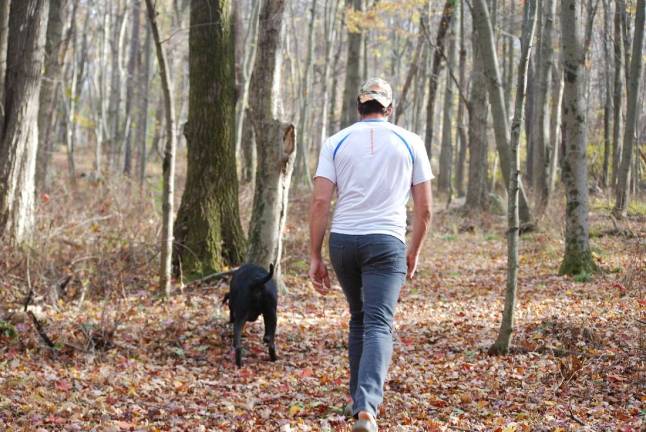
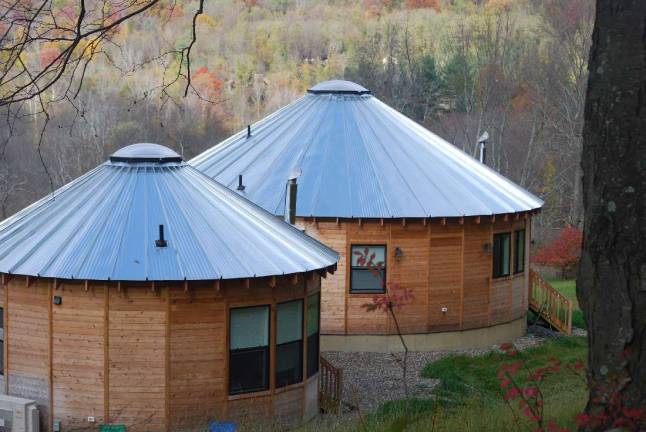
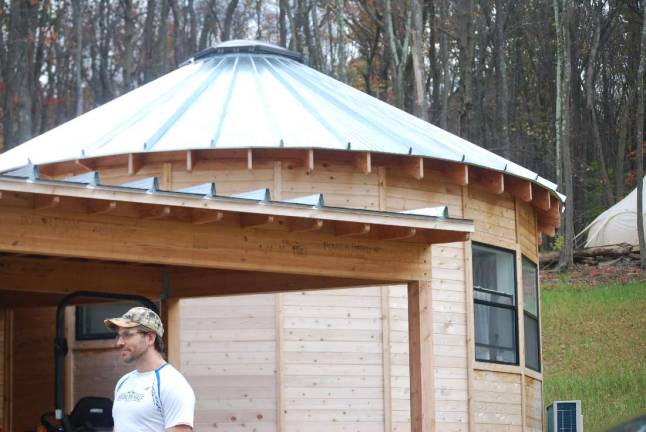
Welcome to Copperline Farm, says David Wannen as I pull up the long, meandering driveway. It’s not exactly a farm – not yet, anyway. The name comes from a nostalgic James Taylor song about the slice of rural North Carolina where Taylor grew up. But for Wannen and his wife, Dr. Jame Wannen, who just moved their family up to Dutchess County from the Bronx, the country life is chock full of romance. Even their hound dog taking off after a black bear was a thrill.
David hails from D.C., originally, and Jame from L.A. Now the pair of city mice have got 37 acres that lead right up to the Appalachian Trail. From laying their own flooring to learning to drive the tractor and the brush-hog, they are savoring it all.
So are their friends.
“In the age of Facebook, we shared every step,” said David, 39. “We had quite our audience. It really became almost famous among our friends.”
After all, packing up a family of five to head upstate to build your own funky house, is “a dream of a lot of people, and people don’t ever think about doing it,” he said.
David is an actor-singer and the executive director of the New York Gilbert & Sullivan Players, and Jame (who goes by the last name Heskett professionally) is a healthy living guru and author of The Well Path: Lose 20 Pounds, Reverse the Aging Process, Change Your Life (2016).
Since falling in love at first sight in 2004, the couple had gotten into the habit of escaping the city for week-long, 100-plus-mile treks on the A.T. together. It was in the Smokey Mountains they thought, “wouldn’t it be nice to live in this all the time?” recalls David. An online search turned up two promising pieces of land abutting the trail, both close enough to the city that they could each commute to work a couple times a week. The first time they visited this hill in Poughquag, NY, they used GPS to bushwhack three-quarters of a mile up to the A.T.
“That was really it,” said David. “Also, we wanted to give our kids,” a high school senior and freshman and a second grader, “a different experience than the city.”
As it happened, the residents had just fought off a developer who wanted to build some 20 houses on this hill. “We saved it for them,” said one neighbor.
The pair had envisioned living in a yurt while they built their house, but when it came to town code, a single dwelling would go over better. But what kind of dwelling? Aficionados of house and construction shows like Tiny House Hunters, these guys were not short on ideas.
In their research, they had come across the concept of a wooden yurt. No, they’d never seen one in person, but they liked the aesthetics of a central skylight, and the fact that yurts go up faster than conventional houses. They wanted to get their kids settled in time for the school year.
They contacted Matthew Smith, of Dream.Design.Build, a Washington State-based architect who not only specializes in wooden yurts, but lives in one too. He’s designed about 40, no two alike.
“Why not?,” they decided. “It’s something different and we’re kind of like that anyway,” said David.
Smith designed a pair of yurts connected by a curved breezeway, a completely unique feature whose arc wraps itself around the hillside like an embrace. The larger yurt contains the kitchen, living room, and two pizza slice-shaped kids’ bedrooms on the lower floor. A six-paneled picture window looks out over a postcard vista: charming red barns of an alpaca farm in the valley below, and rolling hills beyond stretching to the horizon. “The whole idea,” said David, “is the bigness is out there.”
The entirety of the lofted second floor is the master bedroom, the bed positioned directly under the oculus so that at night, “it’s like being in an observatory,” said David.
The aesthetic is the intersection of country and modern. Rows of Mason jars full of lentils, quinoa, and nuts line the pantry shelves. The kitchen’s butcher block island, handmade from a giant slab of two-inch thick reclaimed butternut, pushes aside to reveal the induction oven, whose range rises up with the push of a button. The wide plank doors to the kids’ bedrooms roll open and shut on tracks from which they hang, preserving space as well as the clean, geometric lines of the living area.
There’s nothing to trip on, which is no mean feat when you’ve got a 7-year-old; no half-unpacked boxes lying around. The pared-down feel is inspired by the “ultra-light” philosophy that David and Jame learned on the trail. When you “trim down and restrict yourself to everything you need and nothing you don’t,” said David, you go through the experience “freer of spirit.”
The second, smaller yurt is for now “the princess suite,” the domain of 17-year-old Olivia Heskett. With its own freestanding black bath tub with a breathtaking view, washer-dryer and woodburning stove, it’s aptly named. When Olivia goes off to college it will become the guest suite.
Yurts are green by their very nature. For the same floor area, there’s 12 percent less wall surface than in a rectilinear house, which means less building material and less volume to heat and cool, explained Smith, the designer. The conical shape of the roof also produces natural convection currents, so the air moves around on its own, making heating and cooling much more efficient.
There was “definitely stress getting into the house,” said David. “The crush of late stage spending,” on things like grading their very long driveway, took a toll. Before they moved in, their house got robbed of power tools. But “we’re already feeling the upside,” said David. “Country living, doing a lot of things ourselves. Chopping wood, it’s meditative. The smell, the power of it. The feeling that you’re doing something for your family.”
They’ve built a platform behind their house with a semi-permanent “glamping” tent, and are excited about opening their place up to A.T. hikers looking to take a load off and get a flat place to sleep. “It’s called trail magic,” said David.
Trail magic. You can feel it here, over in the tall grass where a Buddha peeps out of the grass in Jame’s future yoga spot.
“I don’t think the area is super evolved in that way. There’s a lot of room for growth in terms of how this area supports the trail.”
Already, Wannen has had his CrossFit class over to his place for a four-mile hike on the A.T. He likes to take Cole, 7, out into the woods and “do nothing for a second, just ‘forest bathe. It’s good for him, it gets him away from screens, just for a minute,” David said. “He doesn’t think twice about going for a three-mile hike.”
They’re also planning to start down the path next of growing all their own produce, just as soon as the ground thaws in the spring. “We’re definitely getting chickens,” said David. “Maybe goats.”
Cost: $820,000 assessed value